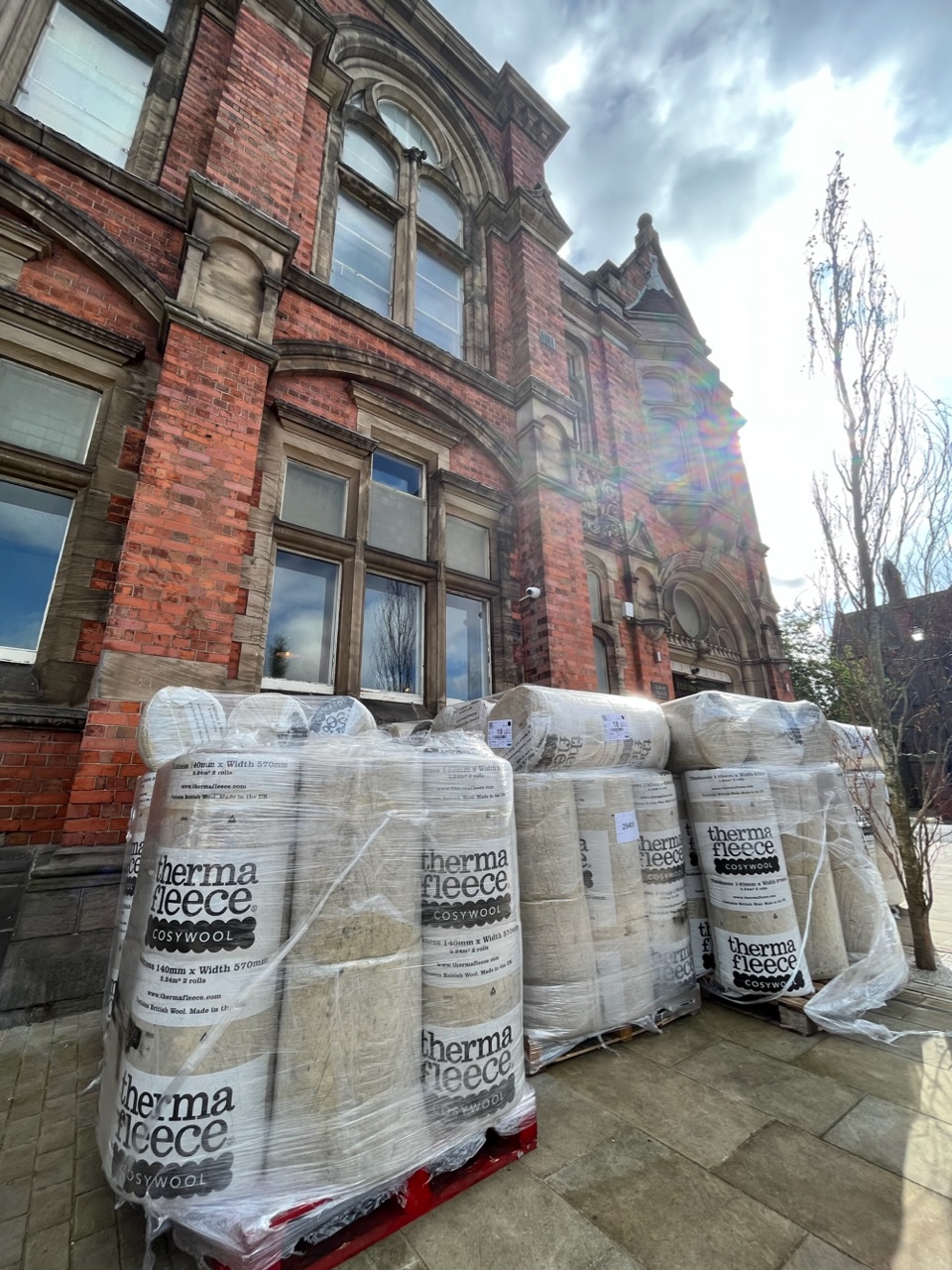
Autumn is here – and with it the problems of damp
Tis the season of mists and mellow fruitfulness – and the problems of damp.
“Although autumn can be a lovely time of the year, it can also be a frustrating time for householders,” said Midlands green energy expert Ron Fox.
He said figures from the English Housing Survey showed that four per cent or more than 920,000 of the 23,000,000 homes in England had rising damp or other condensation problems in at least one room of their home.
“The UK’s cold climate is part of the reason, but the age of our housing stock can contribute towards damp issues,” said Ron. “However, even new homes can suffer as well.”
A build-up of moisture can cause a range of problems and owners need to take action now to stop the fabric of the building being damaged.
The situation is much more serious if mould has started to grow around the home. Living in a damp property is unpleasant enough, but if there is mould as well it can affect the health of the people living there, ranging from nasal stuffiness or wheezing to eye or skin irritation.
Children, the elderly and people with skin or respiratory conditions are particularly at risk from moisture build-up in the home.
However, Ron said everyone gets condensation on their windows which can be caused by people’s breathing as well as from cooking, drying clothes and from pets and house plants.
On average, a family of four will create more than 100 pints of moisture each week – and if there’s nowhere for it to escape, it’s going to remain on surfaces in the home.
There isn’t a problem if it the condensation is cleared up quickly. But if the water is allowed to build up it can cause damage.
He said too many droplets of water can be caused by a number of sources such as leaking roofs, blocked and damaged guttering, poorly fitted doors and windows, badly sealed baths or showers or if the damp proof isn’t working properly. Two of the other obvious effects are a damp, musty smell in the room and walls that are cold to touch.
Ron said if the water is building up other than on a window householders may not notice until the wallpaper begins to peel or black mould begins to grow.
This usually happens in places that are colder than the rest of the house, such as exposed corners, or where there is a gap in the insulation or where the air cannot circulate freely, such as behind furniture.
Ron added that private rented accommodation is often associated with damp problems. He advised tenants facing such an issue, to speak to their landlord who should take steps to tackle the problem.
If they don’t, tenants should contact their local authority, as they have powers to force action. Housing charity Shelter can also help tenants make their case.
For householders the best advice is to call in a professional such as Ron Fox on 01782 756995 at Noreus Ltd which is based at Keele University’s Science and Innovation Park.
Next week – what you can to solve damp problems in your home.
Caption: As soon as you begin to see damp or black mould act quickly rather than later.




